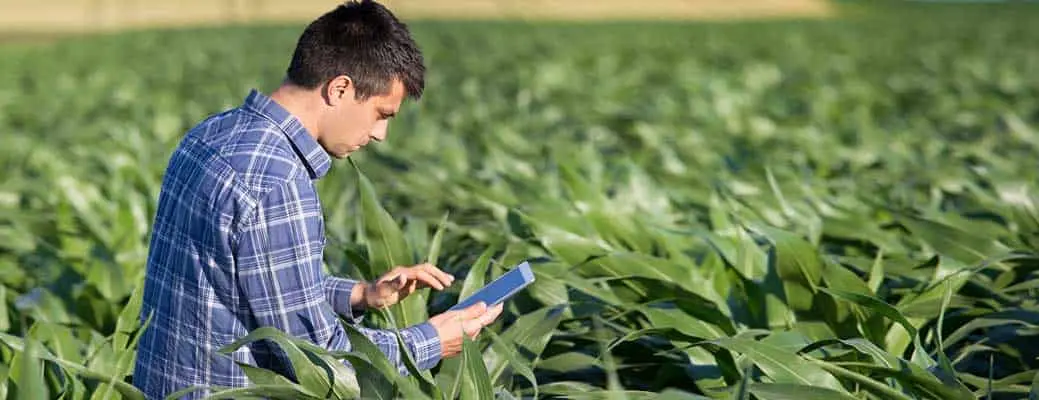Tech Trends to Look for in New Farming Equipment


What do autonomous technologies and the collection of data have to do with farming? A lot. Keeping up with the latest technology available in agricultural farm equipment keeps you a step ahead and can likely offer solutions to challenges you may face as a land operator and business owner.
What Are the Benefits of Technology in Agriculture?
The rapid growth of technology over recent decades has had a remarkable impact on the agricultural industry, allowing for more precision and less guesswork. In 2021, The U.S. Department of Agriculture’s National Institute of Food and Agriculture (NIFA) invested a total of $15 million into programs that focus on artificial intelligence and big data. There is value placed on technology in farming and ranching because it allows for higher crop productivity, reduced usage of water and fertilizer, less runoff of chemicals and increased safety for employees working the land. In today’s world, incorporating technologies into your ag operation is considered a best practice for increasing productivity and agricultural production overall.
5 Emerging Technologies in Agriculture
As technology advances and new tools emerge, opportunities are created for the ag community. As you think about your ag operation's needs, here are five of the latest technologies in agriculture farm equipment that are increasing in popularity across the ag market.
The United Nations projects that the world's population will reach 9.7 billion by 2050, which will cause global agricultural production to rise 69% between 2010 and 2050, according to Business Insider, IoT, the "Internet of things,” is the process of using sensors and smart farming equipment that are connected to a wireless network that monitors each action taken in the farming process, collecting data that will provide insights on efficiency and productivity. The sensors send up-to-date information, so you can make changes immediately. For example, knowing when your crops need water or nourishment would allow you to yield more crops with less waste. New farming technology like this is vital to help the farming industry meet increasing demand but is not without risk. To avoid security threats, it’s wise to use strong passwords, keep your personal and business network use separate, and consider using a virtual private network (VPN).
Similar to smart technology in the field, sensors can be placed on equipment to help track the health of farm machinery. Geographic information systems (GIS), also known as "precision agriculture," refers to tractors and other equipment being manufactured with navigation systems and a variety of sensors. Some examples of these types of sensors include autosteer technology that has the capability to compensate for uneven terrain, yield mapping and harvest documentation. Other sensors monitor the health of the tractor and when it needs to be serviced. These new farming technologies allow you to make informed decisions about the best way to use your machinery and maximize yields.
Automation in agriculture presents an opportunity for ag operations to be equipped with machinery that can do jobs faster and more efficiently than before. Completing labor-intensive tasks faster meets the end goal of higher crop yields. Consider tasks such as automated rate applications for fertilizer and pesticides after soil sampling. Technology in this space is very new but growing at a rapid pace and the opportunities are endless. From Agrobot’s technology that gently picks strawberries to American Robotics’ autonomous drones for crop monitoring, companies are making leaps in agricultural robotics.
Machines can collect data and interpret that data to help them learn and predict which traits and genes are best for crop production. This can help farmers all over the world know the best breed for their location and climate. Machine learning algorithms can also be used when selling products. The algorithms can show which products are the most popular and which are not selling well. This would help create successful forecasts for future farming.
Protect Your Farm Equipment
In the modern world of smart technology and farming, investing in your equipment is more important than ever. Farm equipment coverage can help you minimize risk and protect your assets. Contact your local Farm Bureau agent to talk through the coverage you need.